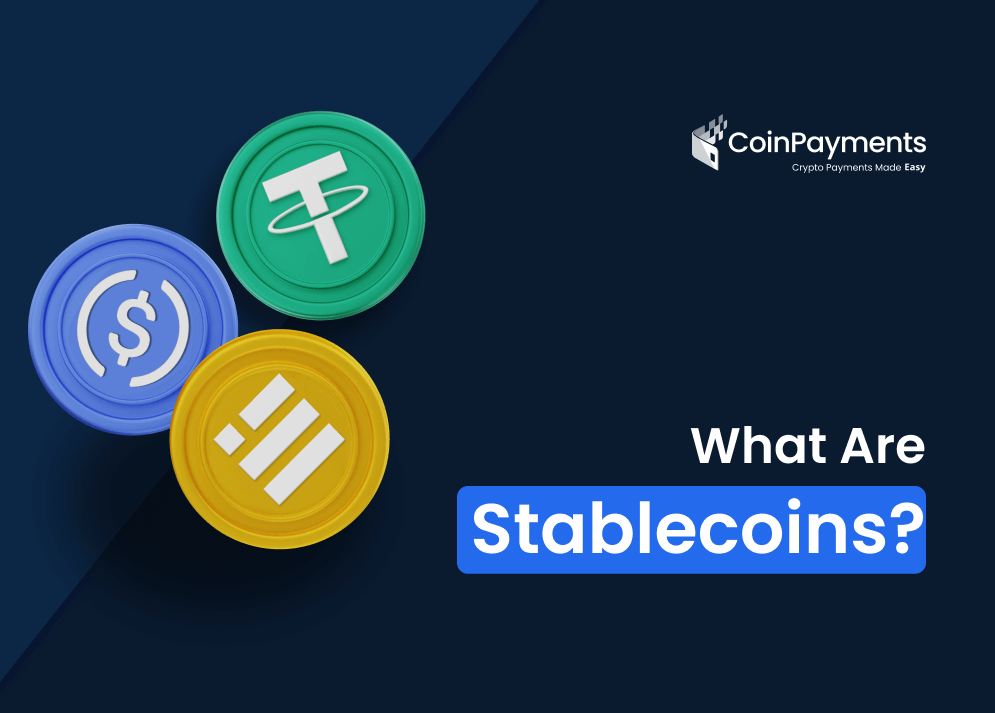
We all use money every day, but we barely give a thought as to its purpose, its history, or why money evolved from a basic barter system to numbers on a computer screen. That’s a shame because the evolution of money is a fascinating subject. Understanding how money began and evolved can help you better understand how new forms of currency, like crypto tokens, function for trade.
Today, let’s break down the evolution of money in detail, going over its origin and its stages over time.
What Was the Original Purpose of Money?
Simply put, people needed to trade.
In the earliest days of human history, people did not specialize in distinct professions. Almost everyone belonged to a society of hunter-gatherers and, later, farmers. People were largely responsible for getting their own food, constructing their own shelters, and providing other necessities for their families.
That said, people still had different objects or supplies. For example, a farmer in a specific area might raise sheep, while a farmer in another area might raise cattle. As people formed larger networks and tribes of individuals, they learned that they could trade the unique items or supplies they had for things they needed.
For example, the cattle farmer might trade milk from their cows for wool from the sheep farmer. This bartering system was the first type of marketplace, and it lasted for thousands of years.
But the bartering system runs into a critical problem when you think about it; what if you need something from a neighboring farmer or another person, but you don’t have anything they want?
As the smallest cities developed, people came up with a novel solution to this problem: what if there was a universal medium of exchange or “currency” that had a set value everywhere? If such a currency existed, everyone could trade for everything they needed from their neighbors even if they specifically didn’t have something a seller wanted.
Traders, farmers, or other types of individuals could redeem the currency. Modern money has the same purpose. It stands as a medium of exchange and means you don’t have to directly provide food, clothing, or shelter to someone to purchase a good or service from them.
Without this development of currency, human civilization could never have flourished as it eventually did.
Stage One: Medium of Exchanges
These standard goods were widely understood as usually valuable by practically everyone. For example, wheat, salt, rice, and other food products were always needed to create meals. In fact, salt was used as a form of currency long after the development of metallic currencies.
For example, Roman soldiers were sometimes paid in salt rations. That’s where the phrase “worth your salt” comes from!
Stage Two: Metallic Money
Metallic money originally began as physical coins minted out of the valuable metals of the time and place, like gold, silver, bronze, copper, and more. But over time, coins were minted with cheaper metals that weren’t as valuable and stood in place of those precious metals to keep them safe.
Banks and the Roles They’ve Played Throughout History
Banks developed relatively late after currencies were first introduced. They were also first created to solve a newly discovered problem: Currencies could be stolen, especially if they were stockpiled for large purchases.
Back in early human history, money wasn’t stored in a digital bank account. If you had a coin purse full of money, it could be swiped by someone in the marketplace or lost. If this occurred, you would lose all your funds!
Thanks, therefore, served as a place where your money could be stored for safekeeping. More importantly, banks worked with state governments like kings, queens, and royal families to pool funds for large projects.
It was through the introduction of banks that concepts of loans and debt first entered economic processes. When you go to a bank today, the bank has enough money to provide you with a loan because they use the funds stored by all the bank members. The system works because most people pay back their loans plus interest.
As banks became staple institutions in most cities and developed countries, the transition from the bartering system to a fiat currency became inevitable and preferable.
Stage Three: Paper Money
The first transition to paper money occurred in 700 BC in China. This happened when the Chinese elected to switch from metal currency or coins to paper because paper currencies were easier for the government to issue and easier to transport. After all, paper is much lighter than coins!
The first paper money began as banknotes, which were essentially letters of debt. The notes said that the issuing bank was “good for” whatever amount of money was listed on the note. In the earliest days in China, the banknotes could be taken to the bank and exchanged for metal coins if needed.
But because banknotes were so convenient, most people simply exchanged them in place of paper currencies.
Once Marco Polo reached China, the idea of paper currency started to spread to Europe and around the rest of the world.
Stage Four: Plastic Money
Plastic money arose as a direct consequence of electronic banking systems; after all, modern credit and debit cards wouldn’t work if they couldn’t access funds records electronically at a moment’s notice.
Like the transition from metal currency to paper currency, plastic money became the go-to choice for payments because of its convenience. For example, keeping your funds in a bank and electronically accessing them is much safer than carrying a bunch of cash around in your wallet, which can much more easily be stolen.
While there is still the threat of your funds being stolen through certain technologies, which can swipe your personal information from a credit card, it’s still undeniable that plastic money is generally better overall for the average person.
On top of that, it’s a lot easier to carry a single plastic card around to make all of your purchases. You never have to count out bills or coins; you can simply swipe your card to pay however much you owe for your purchase.
Plastic or electronically based money is likely here to stay due to its convenience alone. As a byproduct of this transition, most money isn’t available as bills or coins any longer; it’s only available as numbers on the screen.
Stage Five: Cryptocurrencies
Cryptocurrencies should make it much easier for individuals to retain control over their finances with greater reliability and security than ever before. Crypto tokens use variations of encryption algorithms in order to verify and confirm the legitimacy of transactions.
Due to the decentralized nature of blockchains, it’s almost impossible for someone to fabricate a cryptocurrency transaction, add a transaction, or fabricate coins out of the ether. Messing with the transaction process is not easy. Naturally, this makes them great currencies for eCommerce stores.
As a result, crypto tokens are theoretically the best monetary system ever invented. They have the potential to upend the financial system around the world.
Cryptocurrencies also retain many of the same benefits as plastic money or electronic funds cards, such as instant payment for goods and services, not having to carry your coins or bills around in a wallet, and more. Even better, crypto tokens are stored in very secure digital wallets, so your coins can’t be stolen under most circumstances.
How Will Money Evolve in the Future?
Ultimately, it’s difficult to say how money could evolve in the future, especially with the advent of crypto coins and how they’ve decentralized the financing process for money. As secure, encrypted units of exchanges, cryptocurrencies represent a break from the centralized nature of most financial systems.
In this way, money is evolving to offer more freedom and security for individual spenders or consumers rather than big banks or financial institutions. In addition, the transition to a currency without a raw material backing, like a gold standard, means that concepts like UBI or universal basic income are more achievable than ever before.
It’s safe to say that, as in the past, money will evolve to be more flexible, more useful, and more accessible for the average person in the future. Time will tell what role crypto coins play in this transition, but you can rest assured that cryptocurrencies will be around for a long time to come.
That’s one big reason it’s a good idea to accept crypto tokens if you are an online business owner. Fortunately, you can start accepting Bitcoin and other cryptocurrencies with CoinPayments: the world’s number one e-commerce crypto payment platform. Check out how we can help your online business thrive today!
Sources:
The History of Money: From Barter to Banknotes | Investopedia
HISTORY OF MONEY | Historyworld.net



